8 Fruit Choices for Diabetes To Maintain Blood Sugar
Fruit is not only fresh and keeps you hungry, but also a healthy snack to meet your daily nutritional needs. Even so, you probably know that most fruits are high in sugar. Even though what is contained is natural sugar, blood sugar can still spike. Therefore, if you have diabetes or diabetes, it is important to choose the right type of fruit. Here are some lists of fruits that are safe for diabetics.
Fruit that is safe for diabetes

You may have experienced that people with diabetes should not eat fruit for snacks because most of them taste sweet or high in sugar. In fact, fruit is one of the best foods for diabetes.
The American Diabetes Association (ADA) says that diabetics (the name for people with diabetes) can eat any fruit provided carefully measure the portion and make sure you don’t have a fruit allergy.
Research from Denmark in Nutrion Journal even reported eating at least two pieces of fruit a day for 12 weeks to reduce blood glucose levels and lose weight.
However, of course not all fruits are recommended for diabetes. The fruit eaten should have a low glycemic index, which is around 55. Glycemic index (GI) is a measure of the speed at which a food is processed into blood sugar by the body.
Of the many choices of fruit out there, there are some fruits that are safe for diabetes, including:
1. Apples
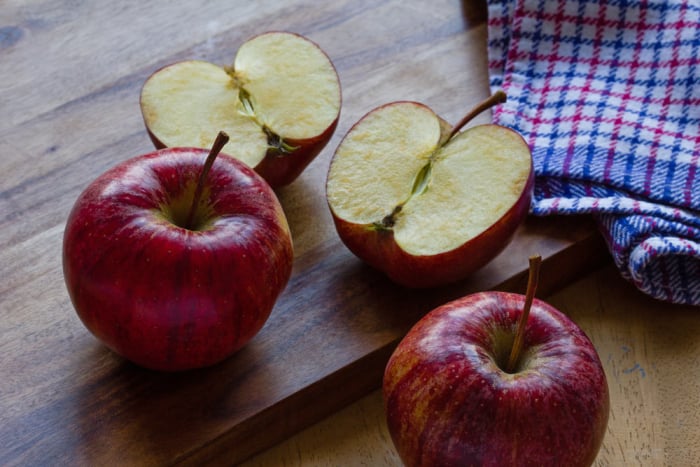
One of the fruits for diabetes that is most easily found in fruit stores is apples. This fruit contains 21 grams of carbohydrates and 77 calories. Apples are also rich in fiber and are a good source of vitamin C for the body.
In addition, apples also contain a fairly low glycemic index, which is below 55. In fact, many apples more useful for diabetes when eaten together with the skin because the nutrient and antioxidant content is higher.
2. Oranges
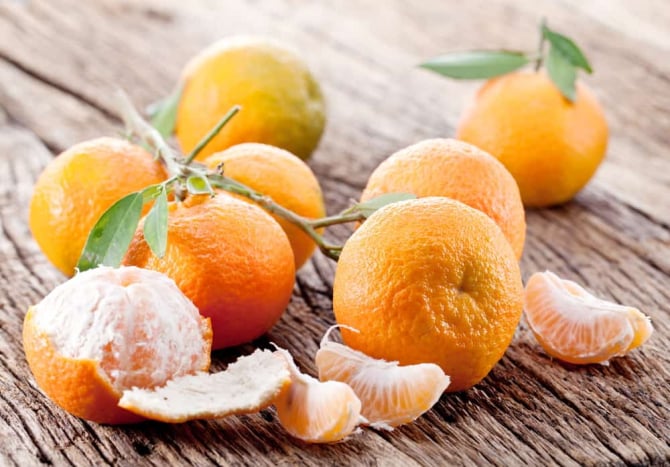
Oranges are also a good fruit for diabetes. Apart from being rich in vitamin C, oranges are also included in the list of fruits with a low glycemic index, which is around 55.
In addition, oranges are also rich in folic acid and potassium which can help maintain blood pressure. Apart from oranges, you can also eat a variety of other citrus fruits, such as lemons and grapefruit.
3. Kiwi
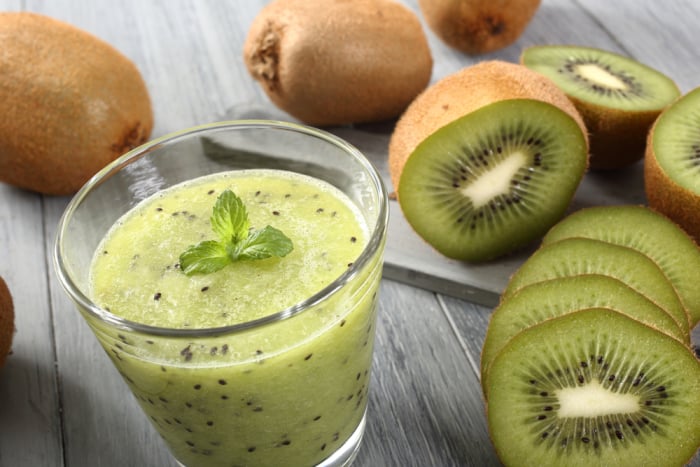
Kiwi is a fruit that is a source of potassium, fiber, and vitamin C which is good for the body.
Kiwi is a must-eat fruit for diabetics. The combination of fiber, water and value content Its low glycemic index can slow down the rate at which glucose is absorbed from other foods.
Besides being safe for blood sugar, this fruit is also a choice for a weight loss diet menu. Keep in mind that one large kiwi fruit contains about 56 calories and 13 grams of carbohydrates.
4. Avocado
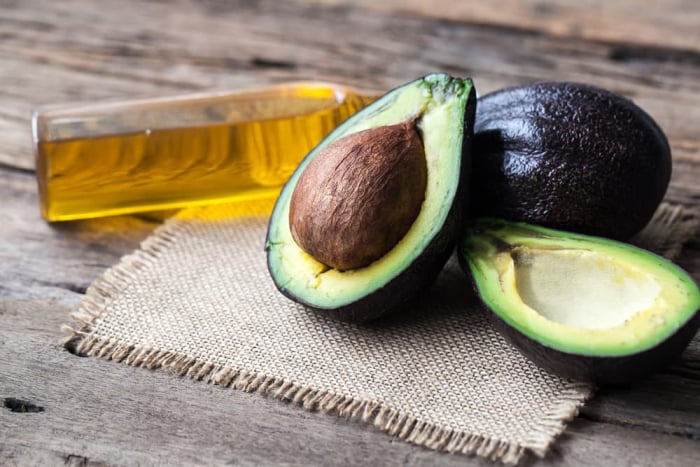
Most people think that avocado should be avoided by diabetics because of its high fat content. In fact, avocado is actually a fruit that is safe for diabetics.
The fat contained in avocados is unsaturated fat which is actually good for controlling blood sugar. Avocados are also good for people with diabetes because they can increase the performance of the hormone insulin by creating a feeling of fullness after eating.
In addition, avocado is also useful in reducing the risk of metabolic syndrome, which is the main trigger for diabetes. How to serve healthy fruit for diabetes patients also varies. You can eat it directly, make a salad, jam, or stuffing sandwich.
5. Mango
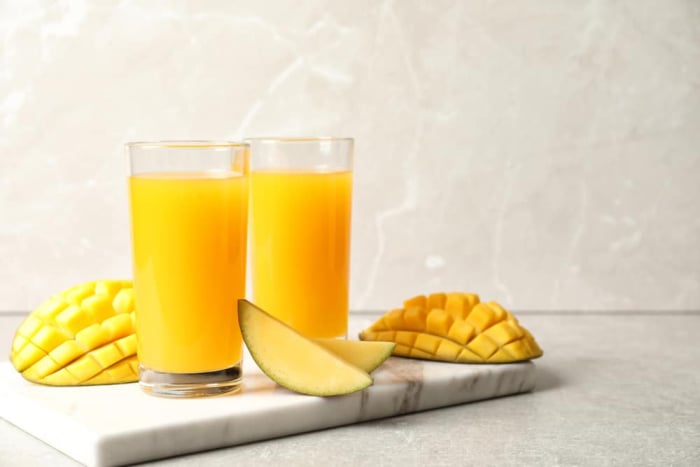
Mango is one of the fruits that thrives in Indonesia and is safe for diabetics. This fruit that has yellow flesh is rich in vitamin A and vitamin C which are good for maintaining the immune system of diabetes patients.
Not only that, mangoes too also contains mangiferin which can help reduce sugar levels in the body. Mango is also high in fiber so it can help maintain digestive function to work more optimally.
6. Strawberries
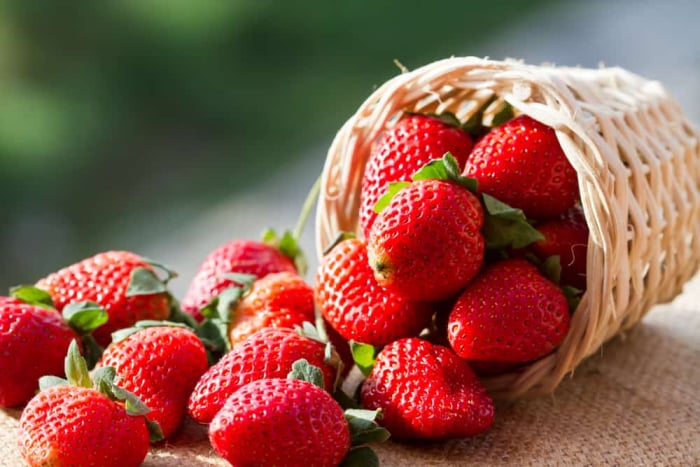
Strawberries are also a good fruit for diabetes patients. This is because strawberries contain the compound fisetin, which is also present in apples and tomatoes. Fisetin is a color-giving compound that acts as an antioxidant.
Fisetin in strawberries does not work to reduce blood sugar levels. However, fisetin is known to help lower the risk of kidney inflammation.
The active compounds in strawberries are also known to be useful for reducing the risk of complications of diabetic retinopathy and other neurological disorders in diabetics.
Although further research is needed on these findings, researchers believe that strawberries are a fruit for diabetes that is safe for consumption.
7. Pear
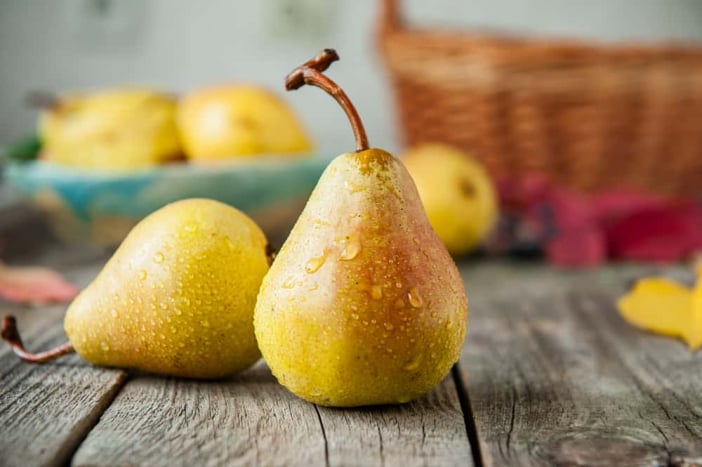
Pears are known to be good for diabetes because they have a relatively low glycemic index value, which is 38.
Apart from low GI, this fruit is good for diabetes because it contains various important nutrients. The flavonoid content in pears is said to be the key to preventing and treating diabetes.
This is supported by a study from the Center for Disease Control and Prevention (CDC) that was followed by more than 9,600 adults aged 25-74 for about 20 years. Researchers found that participants who ate five servings of fruit and vegetables each day significantly decreased their risk of developing diabetes.
In addition, this fruit also contains high enough fiber and is very suitable for people with diabetes. Eating pears provides about more than 20 percent of the recommended daily fiber intake.
The fiber in this fruit helps smooth the digestive system and keeps you full for longer. As a result, the desire to overeat and blood sugar is better controlled.
8. Cherries

Apart from strawberries, cherries are also a good fruit for diabetes. Cherries are rich in potassium and antioxidants. Both of them are certainly good for your immune system. There are two types of cherries, namely sweet cherries and sour cherries.
A review of the journal Nutrients reported that both sweet and sour cherries contain abundant amounts of polyphenols and vitamin C. Both of these nutrients are effective at preventing inflammation and reducing oxidative stress, which can lead to diabetes complications.
While the research entitled Dietary Anthocyanins and Insulin Resistancein the same journal found that anthocyanists are contained in cherries and blueberry beneficial to increase insulin sensitivity in diabetic patients.
Although the benefits of this fruit for diabetics are quite abundant, the portions should not be excessive. Its small shape sometimes makes people crazy to eat it.
Eating 14 cherries is the equivalent of eating 2 kiwifruit, 7 strawberries, or 3 apricots. Instead of providing benefits, eating more cherries can actually trigger an increase in blood sugar.
Tips for safe eating fruit for people with diabetes

Although they contain sugar, fruit is rich in vitamins, minerals and fiber. The content of fruit fiber is proven to be effective at slowing down the absorption of nutrients in the body, so that blood sugar does not suddenly rise.
Fruit is also an excellent source of antioxidants. Antioxidants themselves play an important role in helping to avoid cell damage due to oxidation stress, which is often associated with various complications of diabetes.
There are many fruits that are actually safe for consumption for people with diabetes. So that the fruit consumed provides optimal benefits instead of exacerbating the symptoms of diabetes, make sure you pay attention to the following tips.
1. Ensure a low glycemic index
The American Diabetes Association recommends choosing fruit that has a low glycemic index value for diabetes. In general, fruits with a high GI tend to cause an increase in blood sugar more quickly than those with a low glycemic index.
It’s also important to note that a food’s GI may vary when eaten alone or when combined with other foods.
For example, if you eat a high GI fruit such as cantaloupe, and mix it with a low GI index food such as low-fat cheese, the effect is to help maintain normal blood sugar levels.
2. Avoid dried fruit
The best fruit for diabetes, that is, when it is still fresh. However, on the market there are also fruits that are preserved with sugar so that the taste is sweeter. This type of dried fruit should be limited in consumption, and even a food that is avoided for diabetes.
3. Avoid fruit juices
A number of studies have shown that eating fruit provides benefits to help reduce the risk of type 2 diabetes. However, in fact, fruit juice is actually a drink that can increase blood sugar quickly.
The sugar-lowering effect of the fruit comes from its fiber content. However, processing the fruit in a blender or juicer it can destroy the fiber structure of the fruit. As a result, almost all of the fiber content is lost, causing blood sugar to spike rapidly.
Apart from that, juices are also made by adding more pieces of fruit to fill up a serving. For example, you will need about 2-3 whole fresh oranges to make one cup of orange juice (237 ml).
While the fruit itself is a source of carbohydrates in the form of fructose sugar. Not to mention the need to add sweeteners, whether it’s granulated sugar, sugar syrup, or milk to make it easier for the tongue to taste.
This means, you will actually get more sugar intake than fiber and other fruit nutrients. The risk of increasing blood sugar after drinking fruit juice tends to be high. That is why, fruit for diabetics is better eaten directly, not served in the form of juice.